 home / Insecta · vabzdžiai / Coleoptera · vabalai / Silphidae · maitvabaliai / Oiceoptoma thoracicum · raudonnugaris maitvabalis
home / Insecta · vabzdžiai / Coleoptera · vabalai / Silphidae · maitvabaliai / Oiceoptoma thoracicum · raudonnugaris maitvabalis
creation date

-
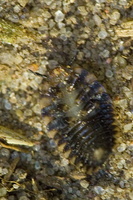 Oiceoptoma thoracica larva · raudonnugaris maitvabalis, lerva
Oiceoptoma thoracica larva · raudonnugaris maitvabalis, lerva
-
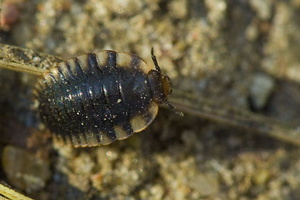 Oiceoptoma thoracica larva · raudonnugaris maitvabalis, lerva
Oiceoptoma thoracica larva · raudonnugaris maitvabalis, lerva
-
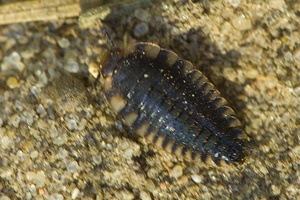 Oiceoptoma thoracica larva · raudonnugaris maitvabalis, lerva
Oiceoptoma thoracica larva · raudonnugaris maitvabalis, lerva
-
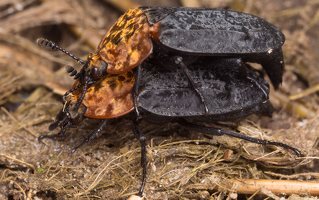 Oiceoptoma thoracicum mating · raudonnugaris maitvabalis poruojasi
Oiceoptoma thoracicum mating · raudonnugaris maitvabalis poruojasi
-
 Oiceoptoma thoracicum · raudonnugaris maitvabalis
Oiceoptoma thoracicum · raudonnugaris maitvabalis
-
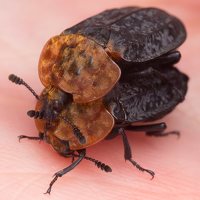 Oiceoptoma thoracicum · raudonnugaris maitvabalis
Oiceoptoma thoracicum · raudonnugaris maitvabalis
-
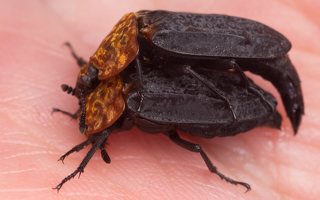 Oiceoptoma thoracicum · raudonnugaris maitvabalis
Oiceoptoma thoracicum · raudonnugaris maitvabalis
-
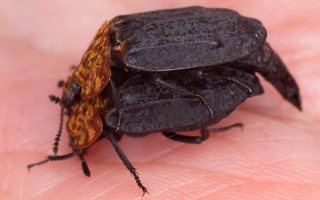 Oiceoptoma thoracicum · raudonnugaris maitvabalis
Oiceoptoma thoracicum · raudonnugaris maitvabalis
-
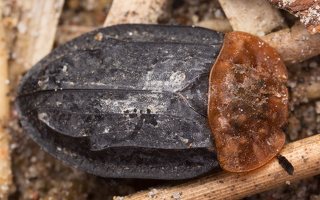 Oiceoptoma thoracicum · raudonnugaris maitvabalis
Oiceoptoma thoracicum · raudonnugaris maitvabalis
-
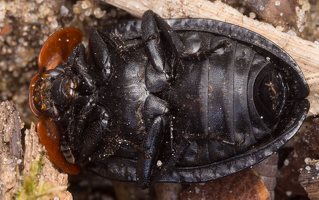 Oiceoptoma thoracicum · raudonnugaris maitvabalis
Oiceoptoma thoracicum · raudonnugaris maitvabalis
-
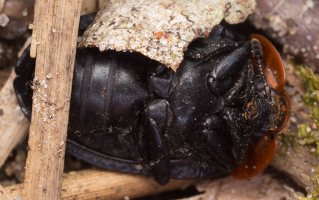 Oiceoptoma thoracicum · raudonnugaris maitvabalis
Oiceoptoma thoracicum · raudonnugaris maitvabalis
-
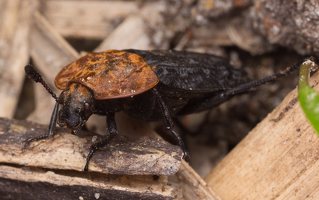 Oiceoptoma thoracicum · raudonnugaris maitvabalis
Oiceoptoma thoracicum · raudonnugaris maitvabalis
-
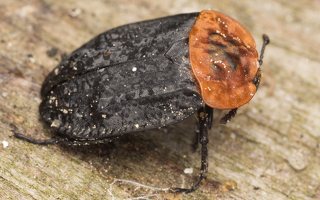 Oiceoptoma thoracicum · raudonnugaris maitvabalis
Oiceoptoma thoracicum · raudonnugaris maitvabalis
-
 Oiceoptoma thoracicum · raudonnugaris maitvabalis
Oiceoptoma thoracicum · raudonnugaris maitvabalis
-
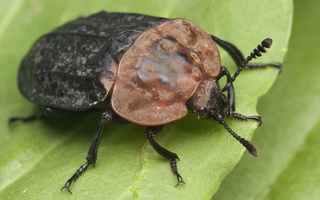 Oiceoptoma thoracicum · raudonnugaris maitvabalis
Oiceoptoma thoracicum · raudonnugaris maitvabalis
-
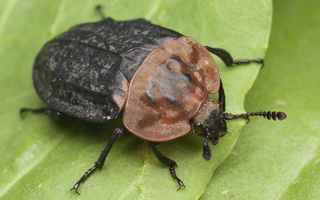 Oiceoptoma thoracicum · raudonnugaris maitvabalis
Oiceoptoma thoracicum · raudonnugaris maitvabalis
-
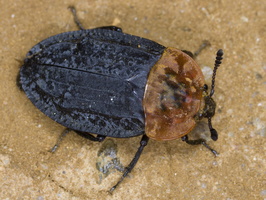 Oiceoptoma thoracicum · raudonnugaris maitvabalis
Oiceoptoma thoracicum · raudonnugaris maitvabalis
-
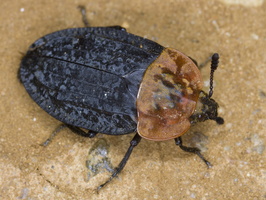 Oiceoptoma thoracicum · raudonnugaris maitvabalis
Oiceoptoma thoracicum · raudonnugaris maitvabalis
-
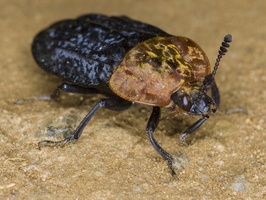 Oiceoptoma thoracicum · raudonnugaris maitvabalis
Oiceoptoma thoracicum · raudonnugaris maitvabalis
-
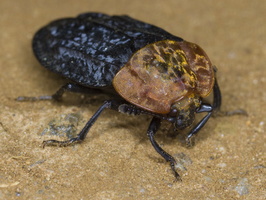 Oiceoptoma thoracicum · raudonnugaris maitvabalis
Oiceoptoma thoracicum · raudonnugaris maitvabalis
-
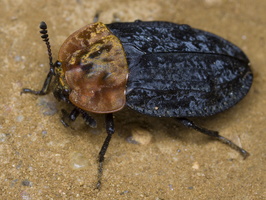 Oiceoptoma thoracicum · raudonnugaris maitvabalis
Oiceoptoma thoracicum · raudonnugaris maitvabalis
-
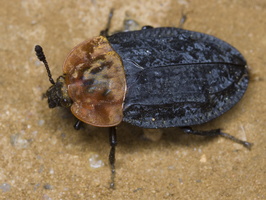 Oiceoptoma thoracicum · raudonnugaris maitvabalis
Oiceoptoma thoracicum · raudonnugaris maitvabalis
-
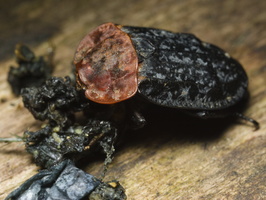 Oiceoptoma thoracicum · raudonnugaris maitvabalis
Oiceoptoma thoracicum · raudonnugaris maitvabalis
- Oiceoptoma thoracica, Silpha thoracica
- red-breasted carrion beetle
- Rødbrystet ådselbille, Tvefarvet ådselbille
- Rothalsige Silphe
- punaselkähaiskiainen
- raudonnugaris maitvabalis
- sarkankrūšu līķvabole
- Oranje aaskever, Stinkzwamaaskever
- ścierwiec, liszkojad czerwonotarcz, omarlica tarczowata
- rödsköldad asbagge
- archive.org: ukbeetles.co.uk/oiceoptoma-thoracicum
- naturespot.org.uk/species/oiceoptoma-thoracicum
- gbif.org/species/4448343
This very widespread species occurs throughout the entire Palaearctic region except for the far north; it is locally common throughout Europe including some of the Mediterranean islands though absent from North Africa, and extends east through Russia, Mongolia and Siberia to China, South Korea, Taiwan and Japan.
Adults occur year-round and are active from April until September, they are associated with a range of decaying organic material but will usually be found on the carcasses of small mammals and birds, they are powerful fliers and may be among the first beetles to arrive at a carcass; at first they may swarm over it in numbers and take little notice of each other but eventually a pair will join up and mate and these will chase off the others and stand guard on the carcass to prevent others alighting. Eggs are laid under the carrion or in the surrounding soil and larvae emerge after a few days, coinciding with the first diptera larvae to emerge, and along with the adults they predate diptera larvae etc. but do not feed directly on the carrion. Larval development is rapid as is normal with such ephemeral food sources, pupation occurs in a cell in the surrounding soil and adults emerge soon afterwards. The species may be found in a wide variety of habitats from open moorland and dunes to woodland and scrub. Anywhere with a good supply of insect larvae developing in decaying organic material, they are active by day and at night. Both adults and larvae, which resemble shiny dark woodlice with contrasting pale lateral margins, can move quickly and soon vanish into host material or into the soil when disturbed, and both can produce a disgusting oral defence fluid when alarmed or handled.
Adults are distinctive. 11-16 mm. Long-oval and flattened in form, entirely dark grey to black but for the orange or red pronotum. Head narrow and quadrate or nearly so, with small and convex eyes, finely and densely punctured vertex and frons and long antennae terminating in a four-segmented club. Pronotum transverse and curved laterally from rounded anterior and posterior angles, apical and basal margins widely produced and the surface irregular and widely explanate, pubescence dense and randomly oriented. Scutellum large and triangular with sinuate lateral margins and very finely punctured and pubescent surface. Elytra sub-parallel and evenly curved to a continuously rounded apical margin, surface irregular and lacking striae, each with three variously-developed fine longitudinal ridges and broad explanate margins. Legs long and slender, all tibiae with rows of fine spines throughout, front tibiae hooked at the internal apical angle, middle and hind tibiae with a long terminal spur. Tarsi 5-segmented; basal segment of front tarsi and basal and terminal segments of middle and hind tarsi elongate, male front tarsi broader than those of the female. Claws large and curved, smooth internally and without a basal tooth.
Kūnas 12–16 mm. Juodas, matinis, plačiai ovalus. Priešnugarėlė raudona. Galva ir priešnugarėlė apaugusios gelsvais plaukeliais. Lietuvoje aptinkama lapuočių ir mišriuose miškuose, dvėsenoje, po gyvūnų išmatomis, pūvančiose augalų liekanose, įvairių grybų vaiskūniuose.